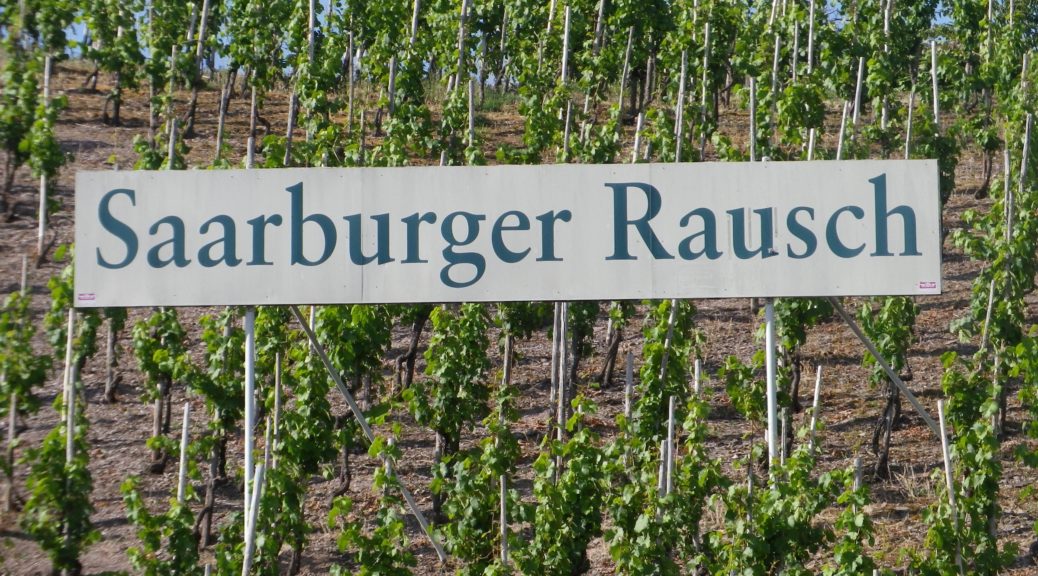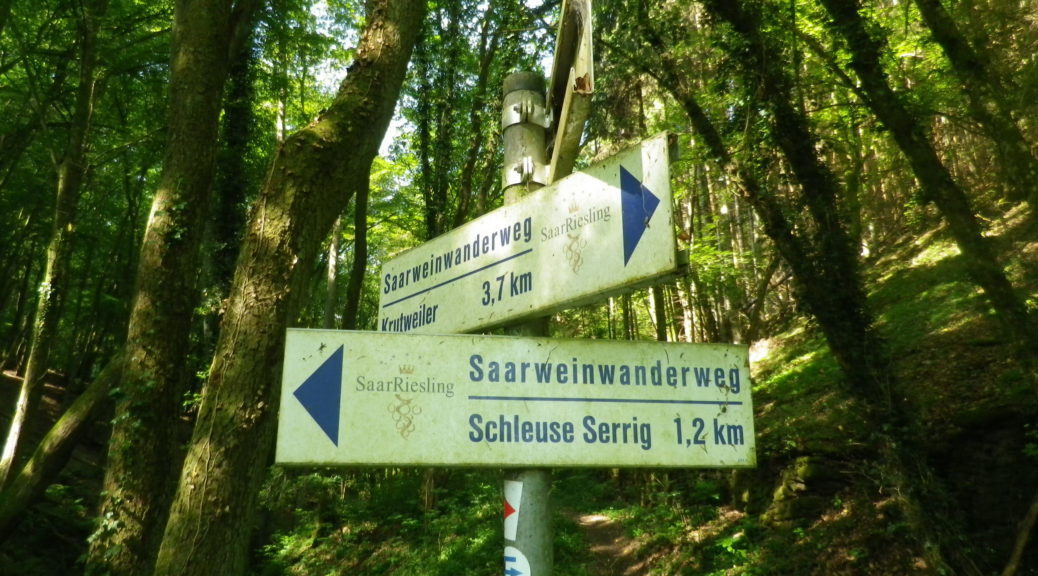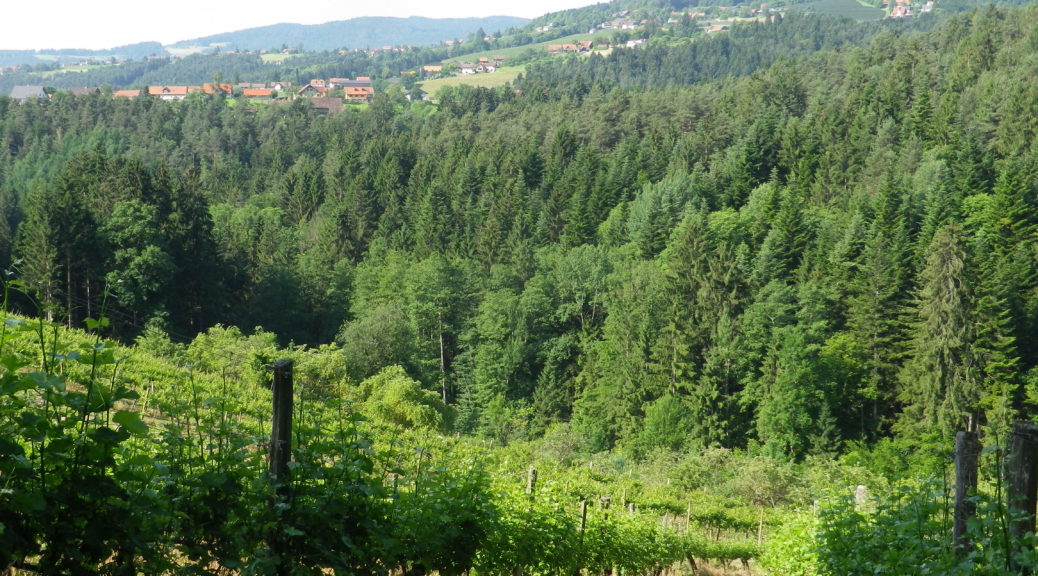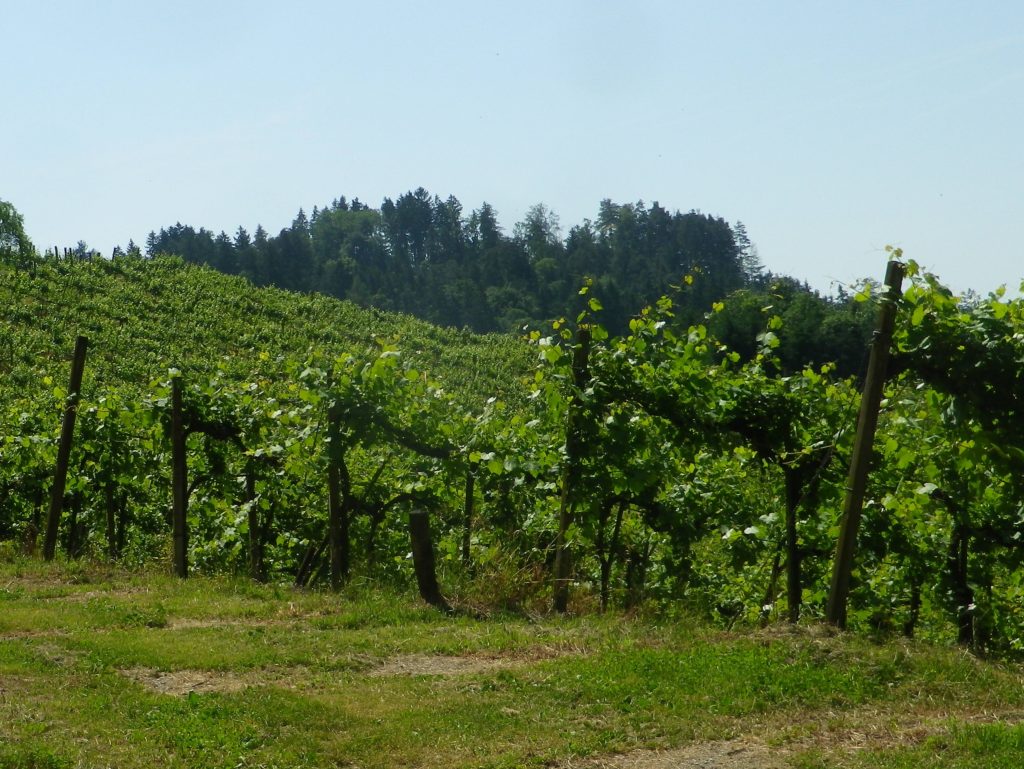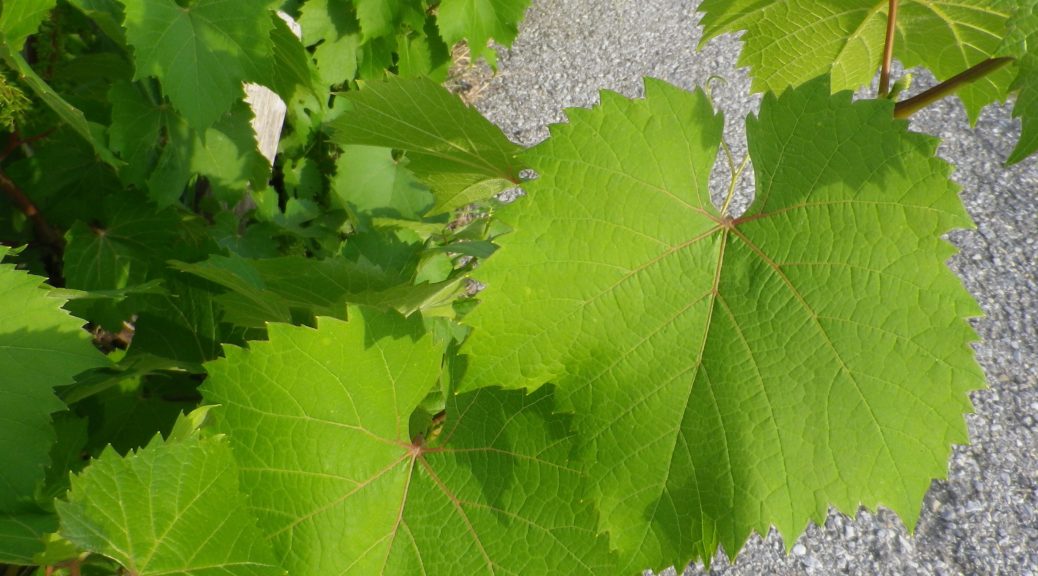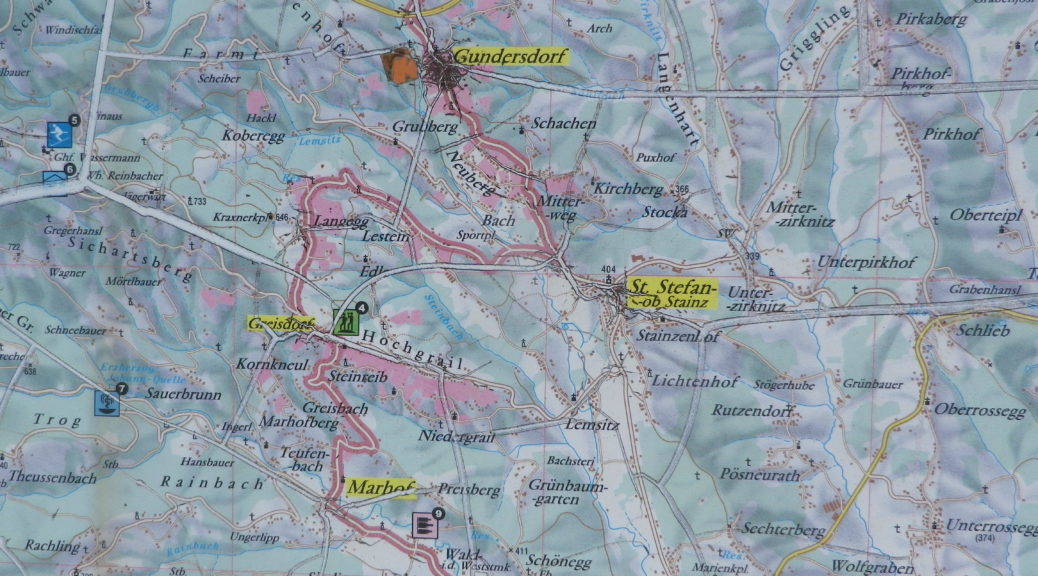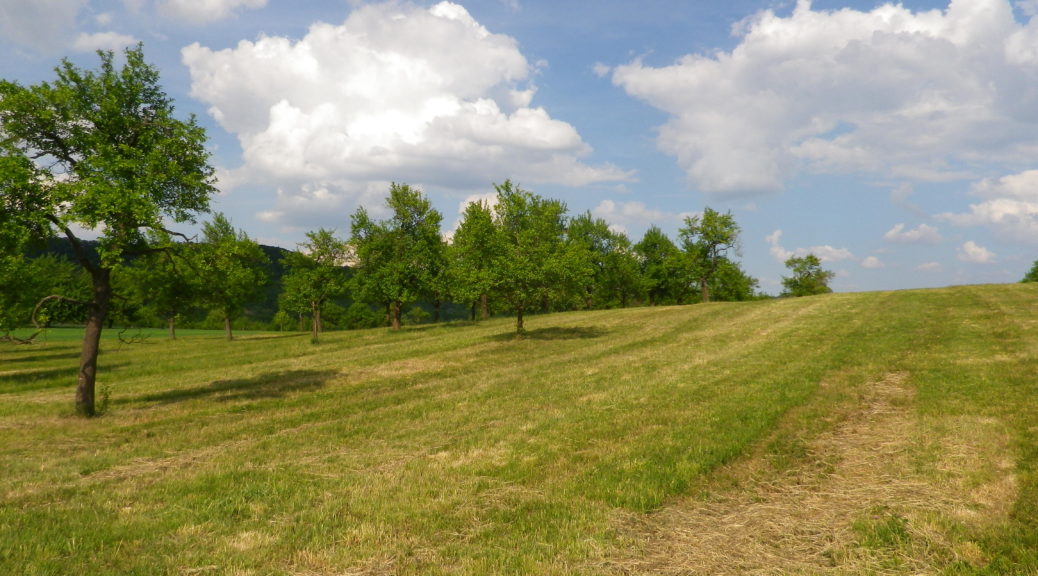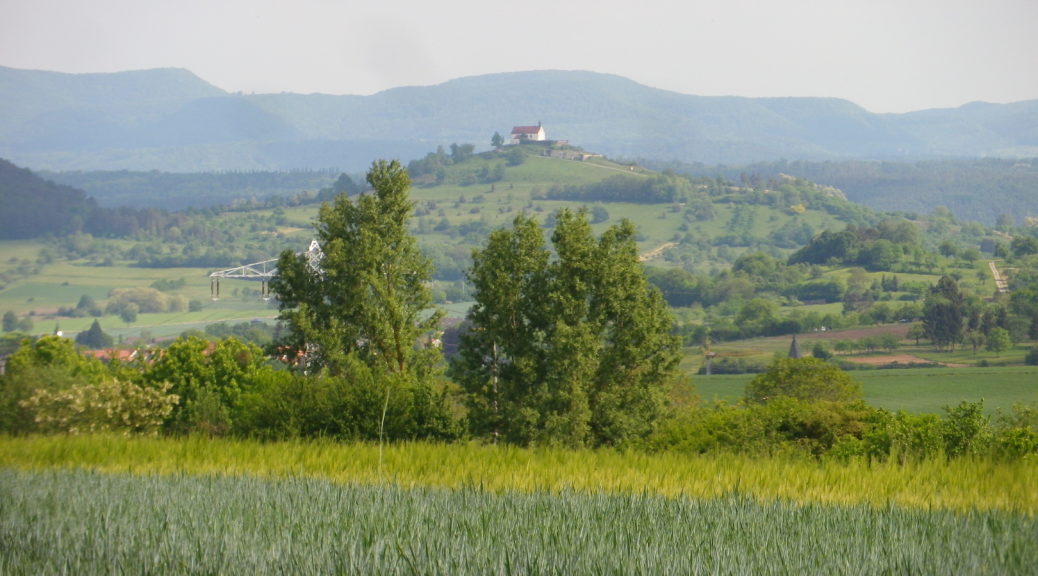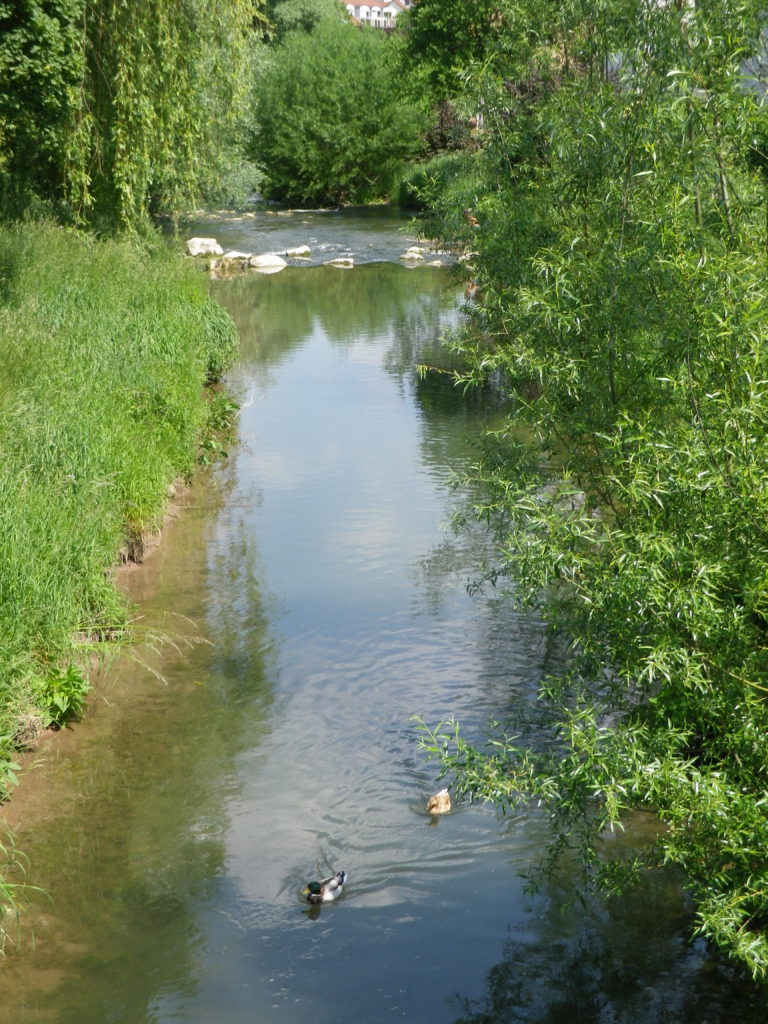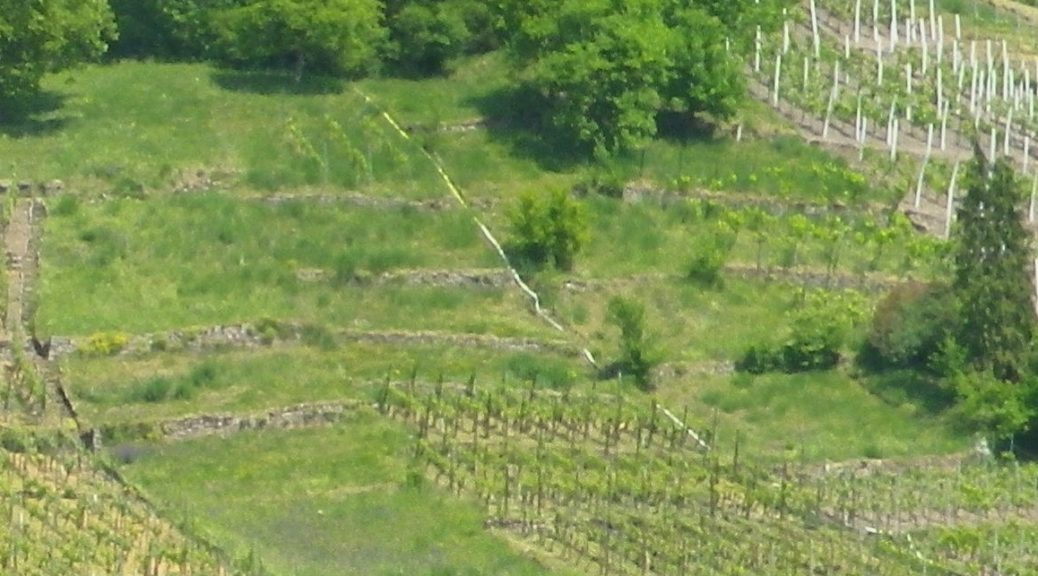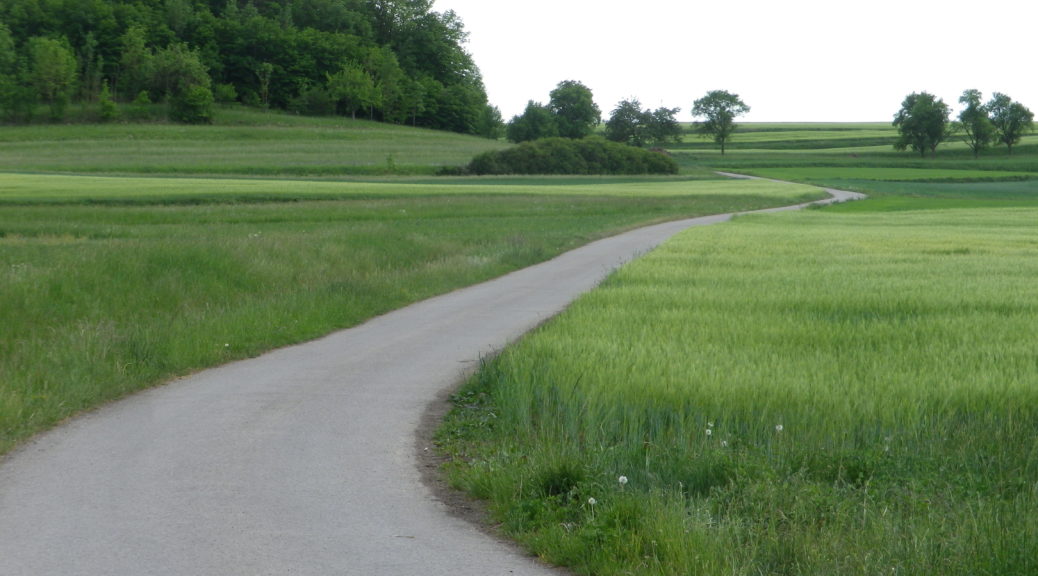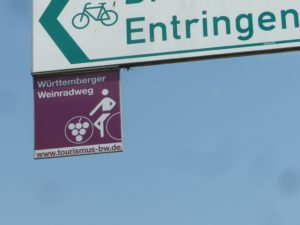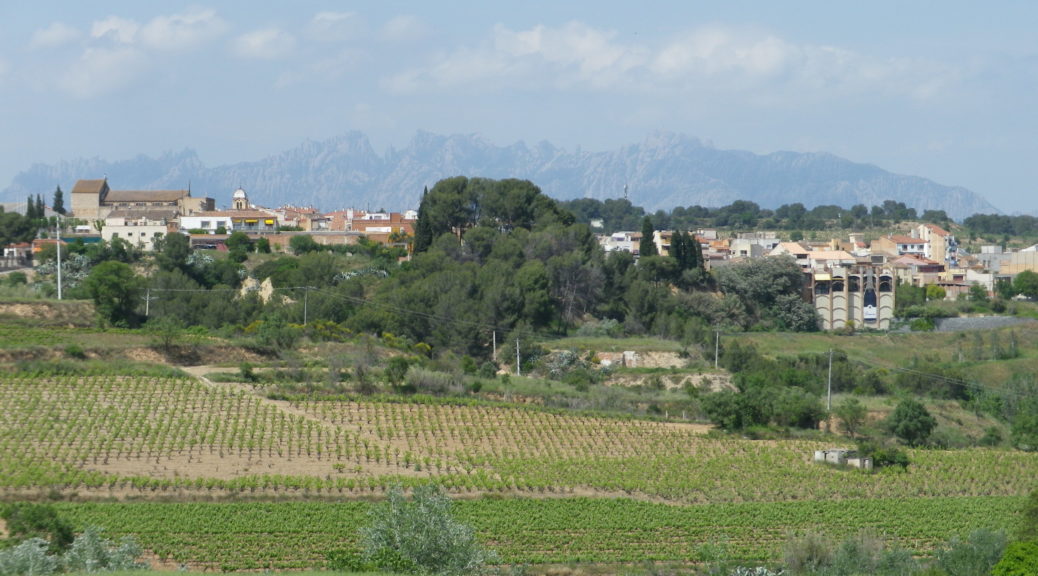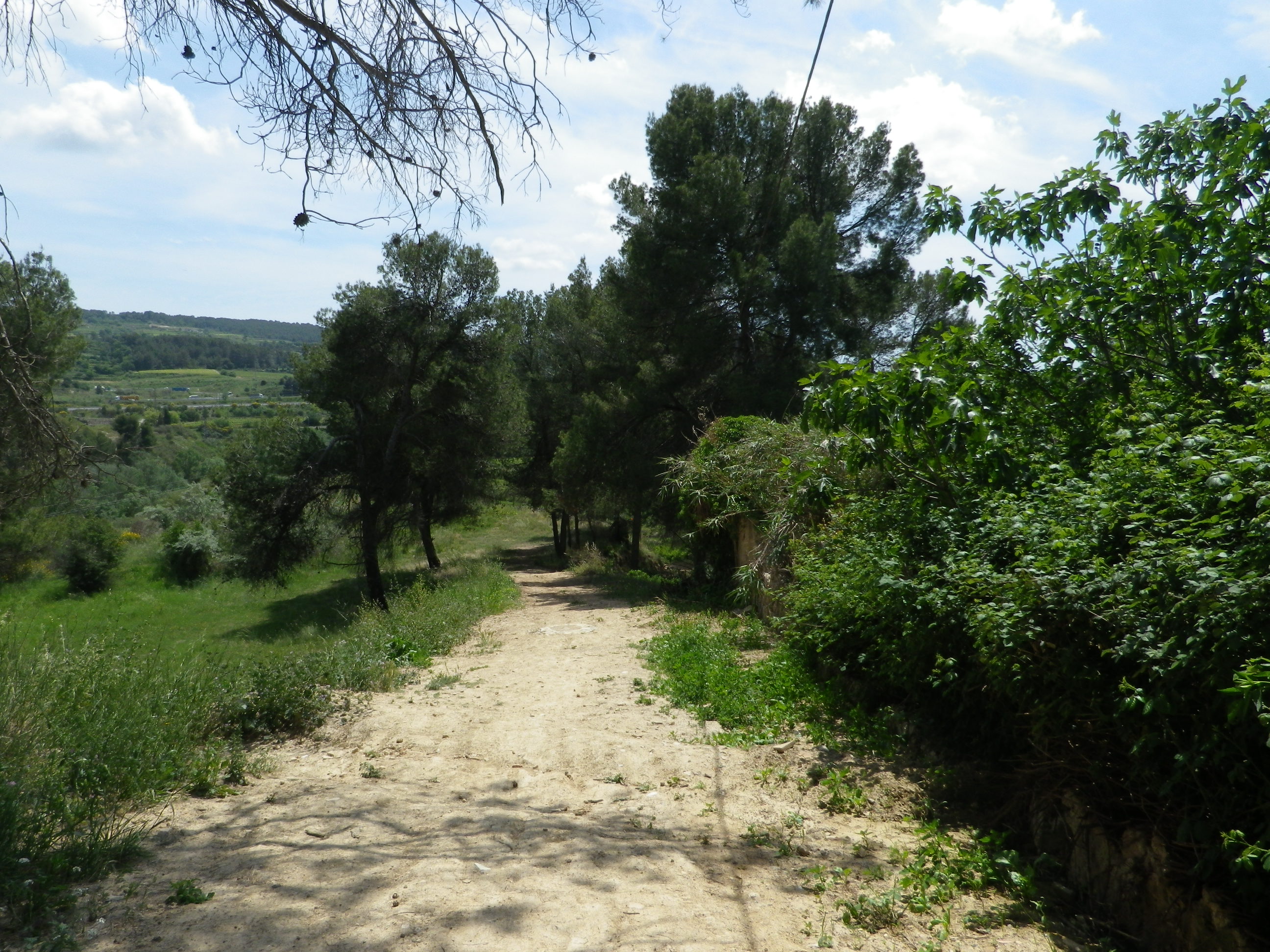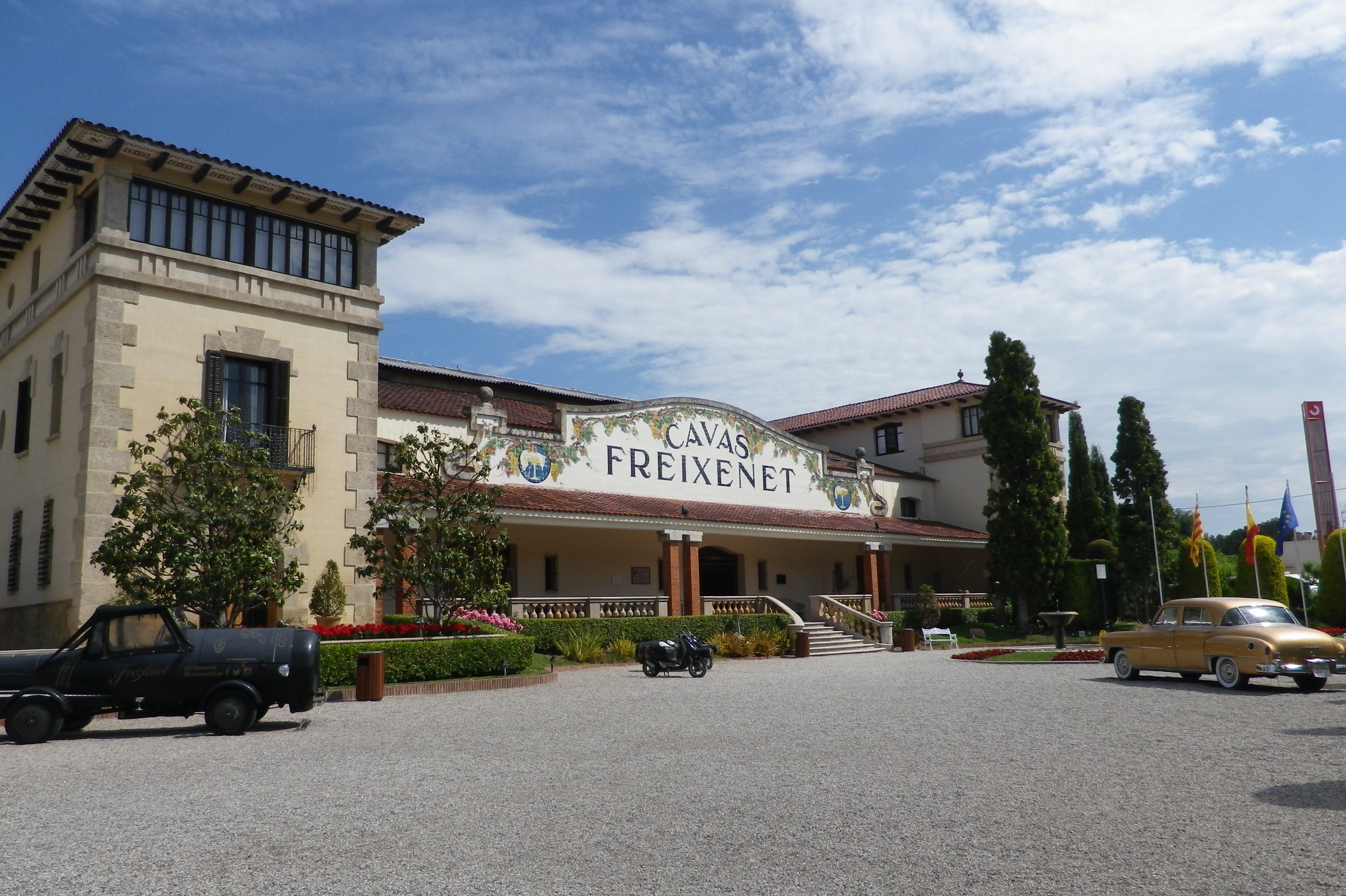What I Learned
In 2007, the German wine region of Mosel-Saar-Ruwer, became known simply as the Mosel. But I want to highlight the unique wines of the Saar, a distinct territorial entity as indicated in the old designation. The Saar River is the Moselle River’s longest tributary. Lined by steep slopes, the Saar terroir is composed chiefly of blue Devonian slate. Since the Saar vineyards on the whole are higher in elevation than the Mosel vineyards, this slate component to the soil is particularly important as it captures and retains the heat of the sunshine, thus helping to ensure the grapes survive to reach maximum ripeness, sometimes as late as early November!
